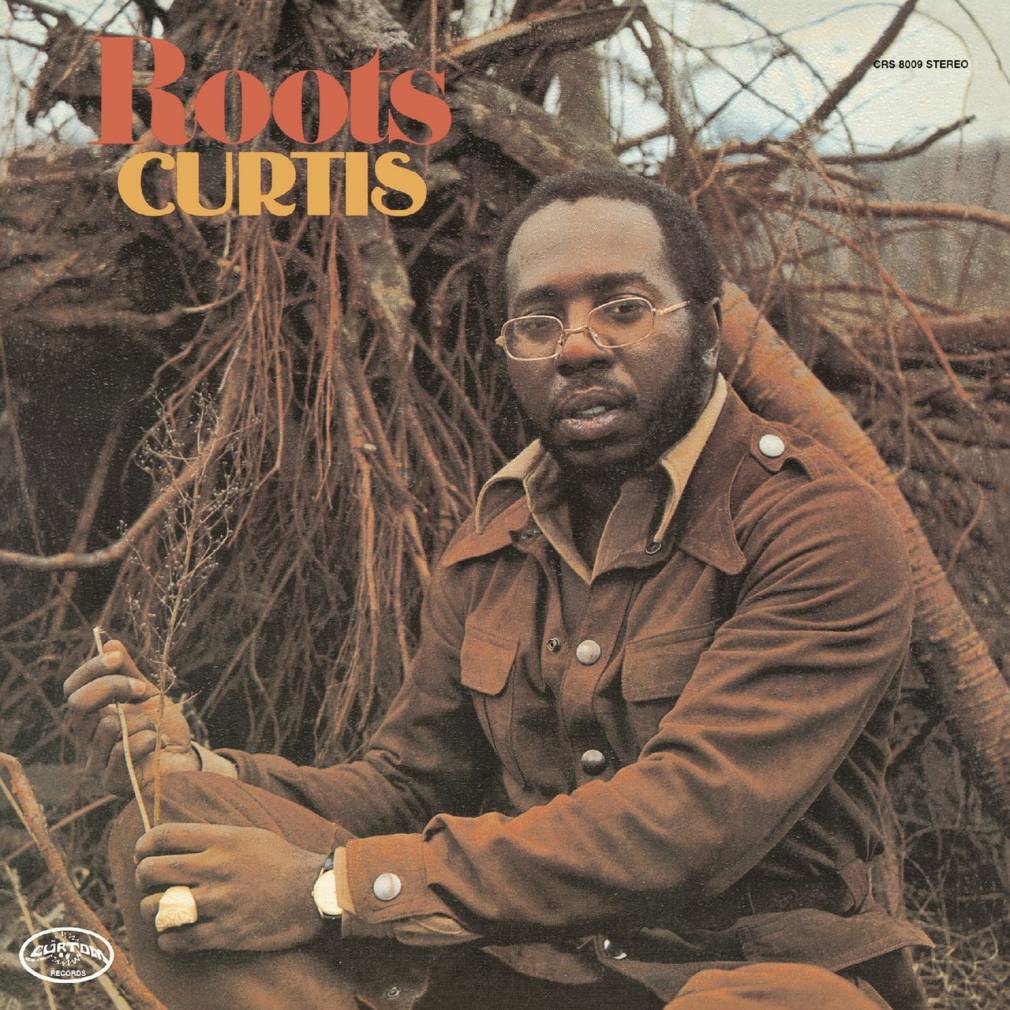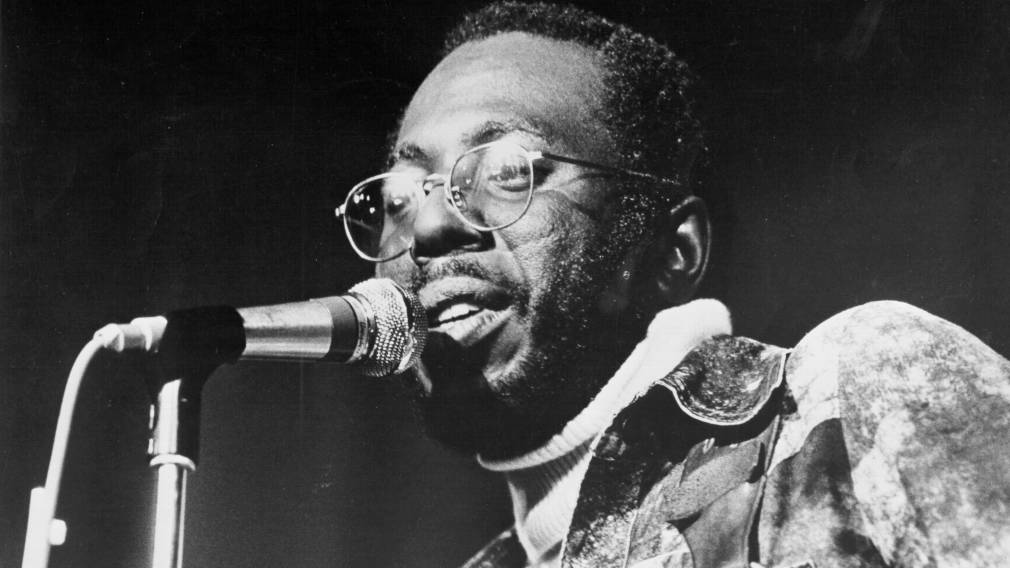“Through our voice the world knows, there’s no choice. We’re begging to save the children, the little ones, who just don’t understand. Give them a chance. To breed their young and help purify the land…” 50 years ago with the song “We Got To Have Peace” from the album Roots, Curtis Mayfield’s message could not have been clearer. It was a response to then-raging Vietnam War which had escalated into the worst scenes of horror. Faithful to his aesthetic, the former front man of The Impressions adjusted his rhymes to a well-balanced rhythm, with arrangements on strings, percussion, a flashy brass section and a wobbly bass, all of it inviting you to dance in order to heal the world.
Self made (ghetto) man
The higher his voice got, the deeper it became in tone, arguably one of the Chicago native’s best qualities. He reached his peak in the early 1970s, leaving The Impressions and co-founding Curtom, a high class label where our visionary producer chose to make his many views heard. He’d already started down that path in the days of his vocal trio: “People Get Ready”, “Choice of Colors” and, of course, “Keep On Pushing”… all unofficial anthems of the civil rights movement.
In 1968, “We’re A Winner” by the aforementioned Impressions is less a song of equal opportunities than of pure black pride. In Mexico City the sprinters raised their fists, a sign that a new fight was dawning for a community tired of bowing down. Black Power was setting the charts ablaze and Curtis Mayfield was now siding with the Panthers, whose political views were more in line with the underlying radicalism burning in the heart of the gospel singer. “No more tears do we cry and we have finally dried our eye and we’re movin’ on up.” Reading between the lines, the intention was already clear. As he began to work more under his own name, creating orchestrations that enhanced his voice, Mayfield’s politics became clearer still.
“Racism is a by-product of capitalism”, argued Fred Hampton, head of the Black Panther Party in Illinois before being assassinated by armed police on 4th December 1969. This statement, an invitation to overcome the divisions of the past, certainly makes sense when we look at Curtis Mayfield, whose independence of mind led him to promote self-governance. For the musician, growing up in a city where more than one idol was encouraging him to do his own thing, having control over your own means of production was the only guarantee of freedom. “We were all trying to survive in a business run by record companies that didn’t give you everything you thought you’d earned”, recalls Mayfield, whose views had been shaped by Berry Gordy’s motown.
Voice of the angel of darkness
“Move On Up” is all about this – a success that encouraged black youth to take their destiny into their own hands and which sent our Ghetto Child right to the top of the charts with the solo album Curtis, in 1970. This smashing success – which set his signature aesthetic tone in stone – is just one of many highlights on this collection. “We the People Who Are Darker Than Blue” is without a doubt the record’s crowning glory, with its ultra-slick intro and totally crazy percussion break. And let’s not forget its unifying message, where Mayfield refuses to let his identity be something that could isolate him when, in fact, it could be the solution to confronting the state-organised mistreatment of people of colour.
As open as his music was, Curtis Mayfield was nonetheless acutely aware of where he came from. This is what Roots, whose cover is a sharp contrast to Curtis, shows. Gone are the blue skies and funky yellow trousers; now he sits at the foot of a tree with its roots intertwined. The image reflects the message of this record – a plea for a soul music that is as concerned with debate and ideas as it is with the fusion of sounds. Just listen to “Underground” with its laid-back guitar, floating echoes, and Latin rhythms. The man at the controls was heading up a group of alchemists. Driven by fast tempos and deep ballads, they explored the limits of the human psyche with powerful blues strokes, reminiscent Muddy Waters. The fact that this both popular and sophisticated album has been compared to Marvin Gaye’s What’s Goin’ On shows you how good it is. And, like Gaye, Curtis Mayfield’s pen got more and more biting as he became seduced by the work of Johnny Pate, a veteran of Chicagoan jazz who’d swapped his bass for the pen. The result is a series of speeches that echo our current events, such as “Beautiful Brother Of Mine”, a hymn to unionisation.
A year later he released Superfly, a paragon of blaxploitation where he had harsh words for drug dealers and other “Pushermans” (those who deal to buy their dose – ed). Following that came Back to the World, perhaps the pinnacle and most beautiful of Mayfield’s works. “Right on for the Darkness” is eight minutes of bitter, sticky groove, pointing the finger at those on top who look down at those beneath them, a barely veiled allegory of the hell called life in the United States.
Was there ever such a clear-sighted day in the heart of darkness?
Roots, reissue in 2021.

Calendar in the original Roots LP, 1971




